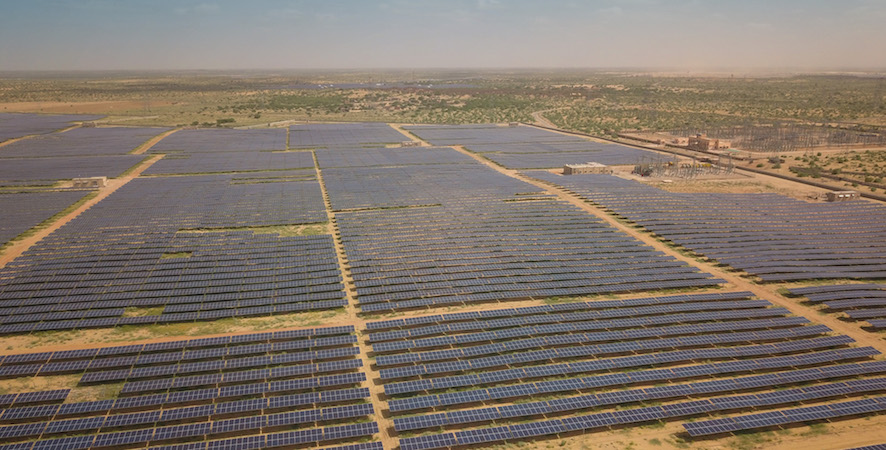According to a recent estimate by Bloomberg, over $11 trillion is expected to be invested in “new” power generation capacity by 2050, over 85% of which will be low-carbon technologies.
This will result in a fundamental shift in global electricity systems.
Part of this expansion will likely be attributed to market forces such as falling costs of solar panels and battery storage, more efficient turbines, among others. But these trends cannot happen unless key barriers, often taken for granted or overlooked, are addressed as a priority.
These barriers include a lack of forward-looking, supportive, or predictable, regulatory environments and underdeveloped local capacity to design and implement such projects. These roadblocks lower the risk appetite of investors and others by muddling the distinction between real and perceived risks, and limiting the flow of finance to the sector. Ultimately, this cycle hampers the development of a robust market and the scaling-up of next-generation, low-carbon technologies.
It is in this context that the Climate Investment Funds (CIF), backed by the government of Denmark, launched the Technical Assistance Facility for Clean Energy Investment. The main goal of the facility is to leverage CIF’s tried-and-tested business model to alleviate strategic barriers and help build a supportive enabling environment for renewable energy—such as generation and systems integration—and energy efficiency in buildings and industries in a given beneficiary country.
CIF, one of the longest-serving climate finance delivery mechanisms, has a unique business model. It includes a country-driven, programmatic approach built on multilateral development bank (MDB) partnerships, offering resources at scale to serve its mandate of supporting low-carbon and resilient development. MDBs not only provide additional co-financing but also bring a wealth of local contacts, sectoral expertise, and experience in institutional capacity building and project development, while mobilizing private sector financing to help scale up priority technologies. This unique partnership now has a decade of climate action under its belt.
In Kazakhstan, working with the European Bank for Reconstruction and Development (EBRD), technical assistance funded through CIF’s Clean Technology Fund (CTF) helped draft the national renewable energy law, which, among other things, set clear and transparent rules for investors, introduced feed-in-tariffs, and established a legal and regulatory framework for the development and operation of bankable projects. This gave sufficient comfort to investors and, when paired with concessional financing, mitigated liquidity and access to capital concerns in the market.
In Mexico, CTF joined the Inter-American Development Bank (IDB) and national development bank Fideicomisos Instituidos en Relación con la Agricultura (FIRA) to support implementation of an energy efficiency financing strategy for the food processing industry. This initiative provided technical and coordination support to FIRA, trained relevant stakeholders, expanded market outreach, improved technical resources, and stimulated demand through innovative incentive mechanisms.
In these countries and elsewhere, these interventions had two objectives: bridge gaps in policy, knowledge, and capacity, and secondly, lower major barriers and risks—both real and perceived. This is central to building stakeholder confidence, facilitating flow of capital, and scaling up existing markets or building new ones where none previously existed.
In a period of limited public finance, it is critical to use it efficiently. Support for enabling environments and stronger capacity can go a long way in unlocking private capital that will be necessary to meet the trillion-dollar ambitions to fight one of the gravest challenges of modern times.
This post is sponsored by the Climate Investment Funds. See our editorial guidelines for what this means.
